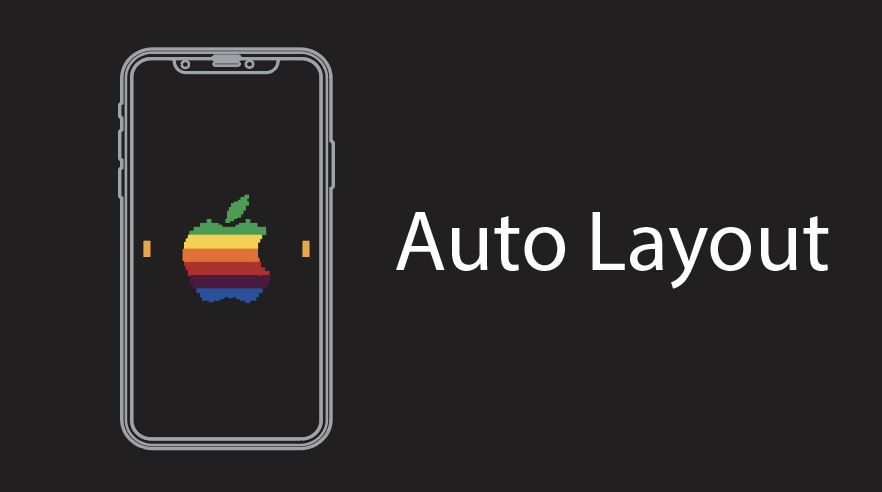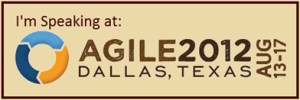Something that’s beginning to dawn on me as I work through Betty’s book, is that it isn’t learning to draw that’s important, it’s learning how to perceive things differently.
This exercise, drawing upside down, is designed to do exactly that.
Instead of looking at a picture right side up and going – “House”.
But tipping it upside down you perceive things completely differently.
Instead of seeing: “Roof, chimney, shingles, window.” You see lines, forms, and detail indescribable in everyday language.
So your verbal left brain shuts down, and your right side (drawing brain) kicks in.
For example, here’s a portrait of Igor Stravinsky by Pablo Picasso. Try drawing this upside down (should take about 40min).

As you are drawing, note how you are focusing on line and form, and not words.
Here’s my attempt.

Not bad! Spacing was the hardest thing to get right (you can see how the head just kind of hangs out there. Yet when you compare it with the original it’s pretty good.

This exercise is probably the greatest hack for taking anyone who hasn’t drawn since junior high, and re-activating the right sided brain.
Also notice how the most complicated parts of the picture, the crossing fingers, are drawn quite well. For most students, this is the finest part of the drawing. Why? Because the students didn’t know what they were drawing! They simply drew what they saw, just as they saw it – one of the most important keys to drawing well.
Betty also points out that when it came to drawing the face, there was probably a lot of erasing. Why? Because we knew what we were drawing, maybe starting talking to yourself, and inadvertently kicked in the the language dominant left brain. This verbalization doesn’t help.
Give it a try! Even better buy Betty’s book and see for yourself.
























Mar 16, 2014 @ 23:25:45
Congrats on getting into drawing! Edwards’ book is great for learning to draw. I used it, too. However, I disagree with her lateralization of brain activity, which is not entirely correct from a neuroscience standpoint, although it is a useful conceptual tool. Keep up the great work!
Mar 17, 2014 @ 21:23:04
Thanks farokmd. I am loving the book. Always looking for more material. Cheers.
Mar 17, 2014 @ 01:04:02
Mar 23, 2014 @ 18:04:03
Apr 01, 2014 @ 00:57:44
Apr 05, 2014 @ 15:13:00
Apr 06, 2014 @ 15:00:15
Apr 26, 2014 @ 16:32:30
The Moon Terminator Illusion | www.vcliper.com
Jul 15, 2015 @ 06:34:47
The Moon Terminator Illusion « YouTubeMonster
Jul 01, 2016 @ 07:24:35
The The Moon Terminator Illusion And This… | Bored Pandas
Aug 24, 2016 @ 02:21:11
The Moon Terminator Illusion - ClipTrends
Oct 11, 2016 @ 03:08:03
The Moon Terminator Illusion | ULSBB | More Than You Need
Nov 12, 2016 @ 01:36:16
The Moon Terminator Illusion - DailyVision
Dec 21, 2016 @ 05:01:32
The Moon Terminator Illusion Learning Tutorials Popular Videos and Imran Series Urdu Novel
May 18, 2019 @ 09:33:00
The Moon Terminator Illusion – 看视频学知识
Dec 04, 2019 @ 13:49:18
The Moon Terminator Illusion – rimovideo
Jan 15, 2022 @ 15:55:24
The Moon Terminator Illusion – World Video 1
Mar 05, 2022 @ 08:06:19
The Moon Terminator Illusion – SelectionVideos
Nov 24, 2022 @ 20:12:24
The Moon Terminator Illusion – River Bizna Tube
Mar 15, 2023 @ 04:20:51
The Moon Terminator Illusion – Mayan Television
Apr 02, 2023 @ 14:54:50
The Moon Terminator Illusion – Vishva.pro is a best video news website in the world
Feb 16, 2024 @ 12:54:20
The Moon Terminator Illusion – Videos Entreprenurs
Mar 17, 2024 @ 15:43:36
The Moon Terminator Illusion – TTL Prime
May 11, 2024 @ 18:12:06